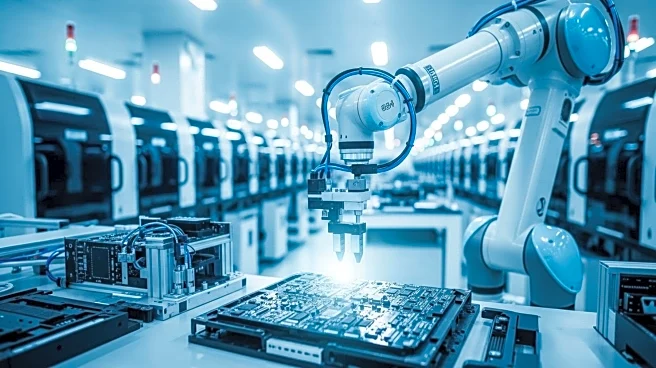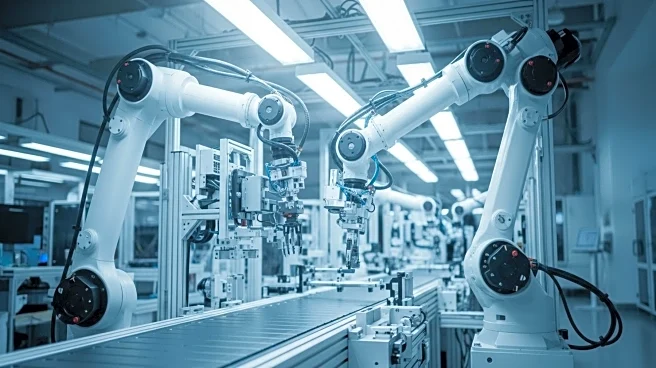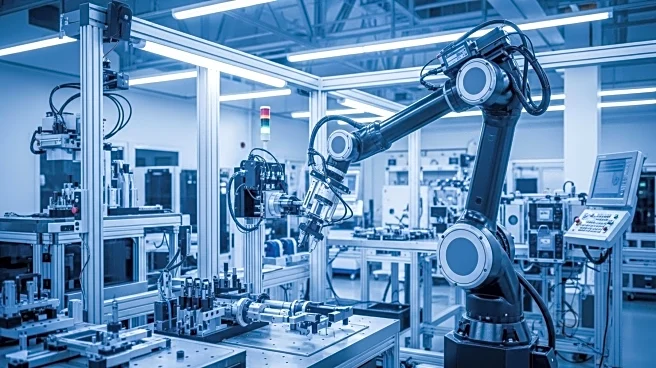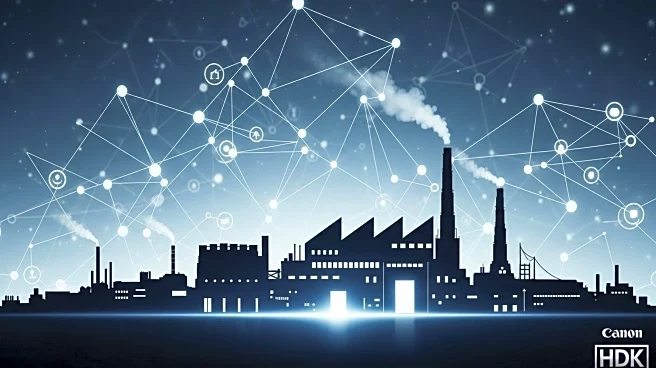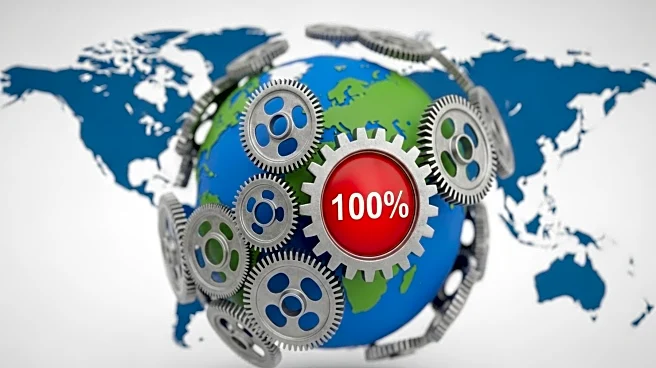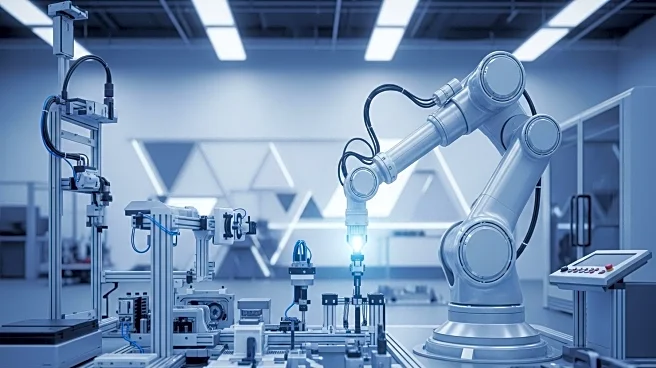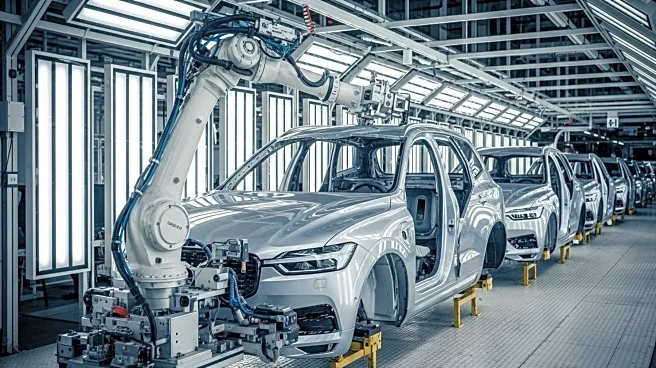What is the story about?
What's Happening?
The U.S. government is investing heavily in semiconductor production through the CHIPS and Science Act, aiming to revitalize American manufacturing and reduce reliance on foreign supply chains. Despite bipartisan support, the industry faces a significant challenge: a shortage of skilled workers. The semiconductor sector is expected to need 300,000 engineers by 2030 as new plants are built. Without a well-trained workforce, these efforts may fall short, leaving the U.S. dependent on foreign suppliers. The shortage affects industries reliant on semiconductors, including automotive and defense, where microchips are crucial for communication and advanced weapon systems.
Why It's Important?
Addressing the workforce gap is essential for the U.S. to secure its semiconductor supply chains and maintain technological leadership. Expanding training programs and workforce pipelines can create tens of thousands of high-paying jobs, strengthening the economy and reducing reliance on foreign supply chains. The race to secure semiconductor supply chains is not just about stability but also innovation. The U.S. has been a global leader in semiconductor research and development, but recent supply chain disruptions have highlighted the risks of allowing manufacturing to move overseas.
What's Next?
Filling the labor gap will require a nationwide effort to train engineers and technicians in semiconductor research, design, and fabrication. Universities and colleges are expanding their semiconductor engineering programs to meet industry demand. Offering hands-on experience in semiconductor fabrication and clean-room-based labs will be essential for preparing a workforce ready to contribute from Day 1. Collaboration between educational institutions and industry leaders will be crucial to ensure students graduate with the skills employers need.
Beyond the Headlines
The labor shortage in semiconductor manufacturing underscores broader challenges in U.S. workforce development. Investing in education and workforce development alongside manufacturing expansion is vital for sustaining growth and innovation. This approach not only addresses immediate labor needs but also builds a foundation for long-term economic resilience and technological advancement.
AI Generated Content
Do you find this article useful?
